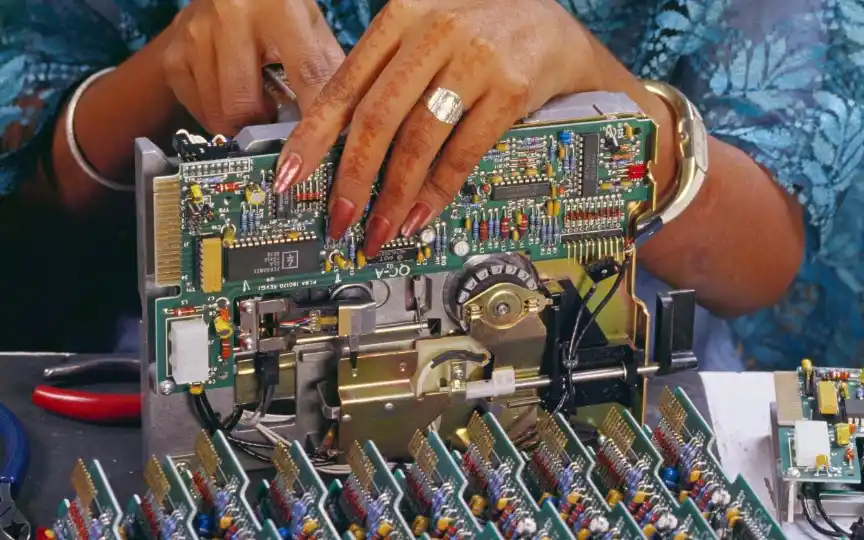Will women seize the opportunity for lucrative careers in India’s semiconductor future?
However, realizing the full potential, especially in the chip sector, requires a significant influx of technical talent and engineering skills – with equal representation of both men and women.
All India Survey on Higher Education (AISHE) 2021-2022 data sheds light on gender distribution in engineering and technology studies at the undergraduate level. Out of 39.04 million students, only 29.1 percent are female and 70.9 percent are male. This is in stark contrast to disciplines like the arts and medicine, where gender equality is more pronounced.
In the broader field of STEM (Science, Technology, Engineering and Mathematics), of the 98,49,488 enrolled (at UG, PG, MPhil and PhD levels), 56,56,488 are male and 41,93,000 are female. The data showed that there are significantly more men than women in engineering and technology fields. This poses potential challenges to achieving gender diversity in specialized industries such as the semiconductor industry.
When delving into the complexities of the semiconductor industry, it becomes clear that a diverse workforce is crucial when considering the diverse skill requirements. For example, semiconductor technicians, process engineers, and equipment engineers require a combination of technical expertise and problem-solving skills.
However, the underrepresentation of women in engineering and technology studies in India may pose barriers to achieving gender diversity in the semiconductor workforce. Globally, the semiconductor industry has been predominantly male-dominated, and the share of women in the workforce is only a fraction, even in technical management positions.
According to the Global Semiconductor Alliance (GSA) and Accenture’s 2022 report, the average representation of women in the semiconductor workforce is 20-25 percent, and the share of technical women is 10-15 percent. In addition, more than half of the companies report less than 5 percent representation of women in technical managers, which highlights gender inequality in management positions as well.
Despite these challenges, India’s population distribution presents a unique opportunity for its semiconductor industry that countries like Singapore, Korea, Hong Kong, Japan and Malaysia do not have. With a huge youth population poised to remain the world’s youngest for decades to come, the country has huge potential to scale semiconductor manufacturing and will require more hands to fuel growth.
Indian Electronics and Semiconductor Society (IESA) leaders have confirmed that there is no bias in hiring employees. Rather, the industry, which has received a lot of attention since the announcements of the Dholera, Sanand and Assam projects in Gujarat, wants to employ as many engineers as possible, and it’s just a matter of who is available. The industry also believes that the skills and retraining policy promoted by the government would help to close the gaps.
However, it should be noted that the semiconductor industry and the electronics industry are like interconnected parts in the world of technology. Electronics does not only include semiconductors. The electronics industry also gives feedback to the semiconductor industry. They identify areas where chip improvements can benefit the development of new electronic devices.
So it is important to understand what has happened in the electronics industry, which has already crossed the $100 billion mark. According to the India Cellular & Electronics Association (ICEA), the distribution of women workers varies considerably across regions. While southern India has an impressive ratio of 70 percent or more, the northern counterpart has only 15-20 percent, mainly in day shift roles.
Female workers in electronics manufacturing are assigned a variety of roles, including operators, supervisors, and quality control positions. Their salaries are the same as their male counterparts, indicating an equal pay level in the industry regardless of gender.
ICEA expects Indian semiconductor factories to make a concerted effort to promote gender diversity and aim to have at least 15 percent female employees in the semiconductor industry.
Although many companies are committed to hiring more women and providing employees with training if necessary, achieving gender diversity and equal operating conditions in various industries also requires the efforts of women. This requires active selection of STEM education, engineering or technology degrees to increase enrollment rates, as India cannot risk under-utilizing its huge youth population, which includes both men and women.



